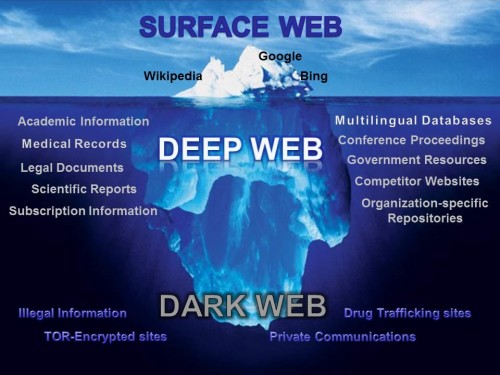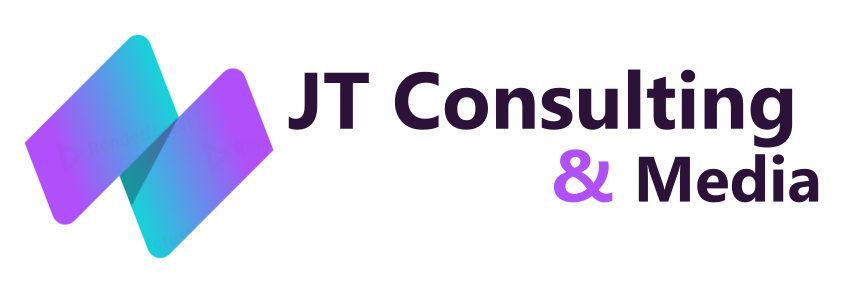Tag: Law Firms
-

Video: Generate 2018 – Darkside of the Web
Have you wondered what is going on these days on the Web with cybersecurity for Law Firms? This is a deep dive and more information on how a hacker goes after IoT devices from the Generate Conference in London.
-

LegalSEC: Shedding Light on the Dark Net
By Joseph Raczynski The importance of law firms understanding the dark web Your very sensitive private client data could be available for all to see on the Internet right now. Technically this data would be on the Dark Net or Dark Web. It is the portion of the World Wide Web that is hidden or…
-

Project Management’s Last Frontier: Law Firms
What would the father of project management Henry Gantt say today? Having increased its scope to nearly every industry, from civil engineering to defense and software development; project management has rarely delivered at law firms, until now. The landscape and technology has transformed enough such that project management can and will thrive at law firms.…

